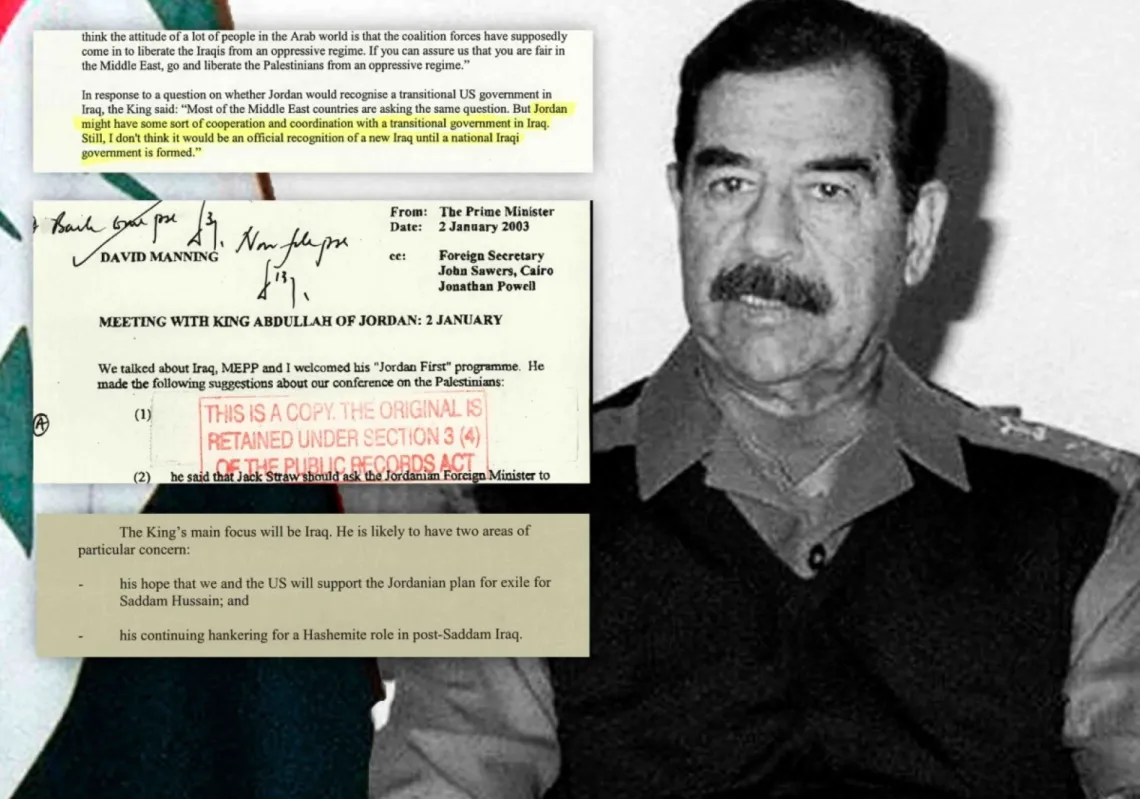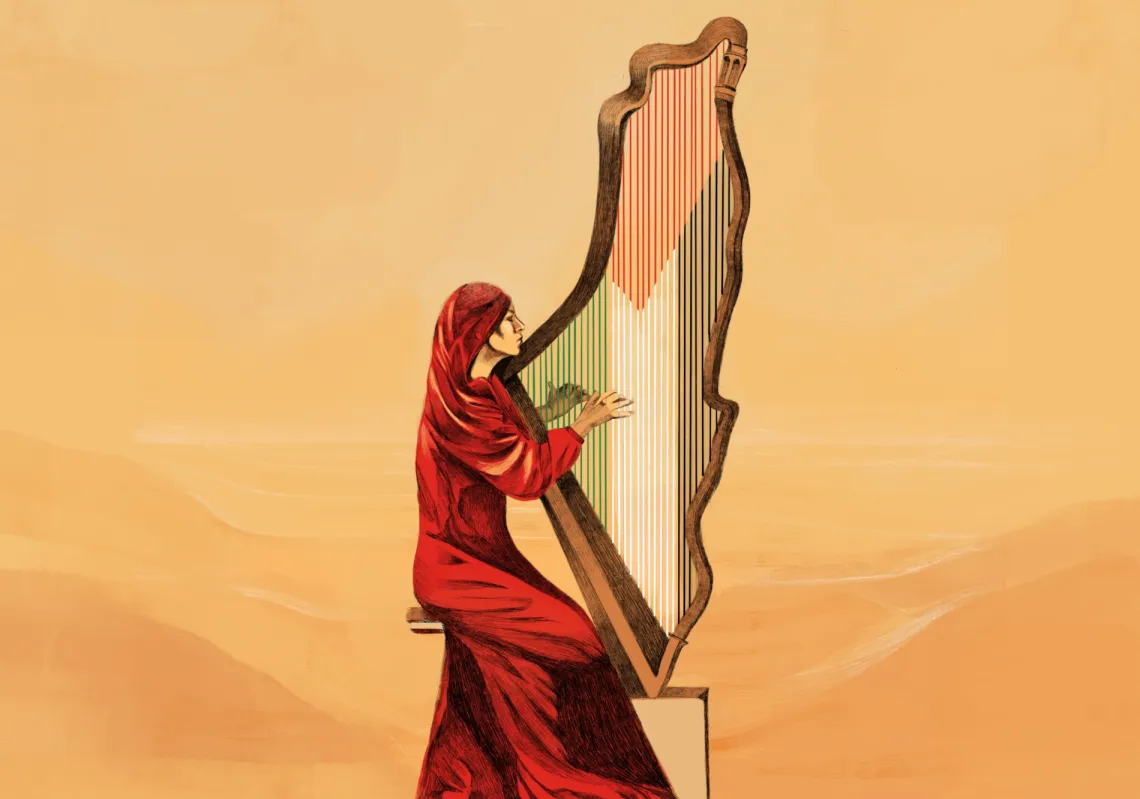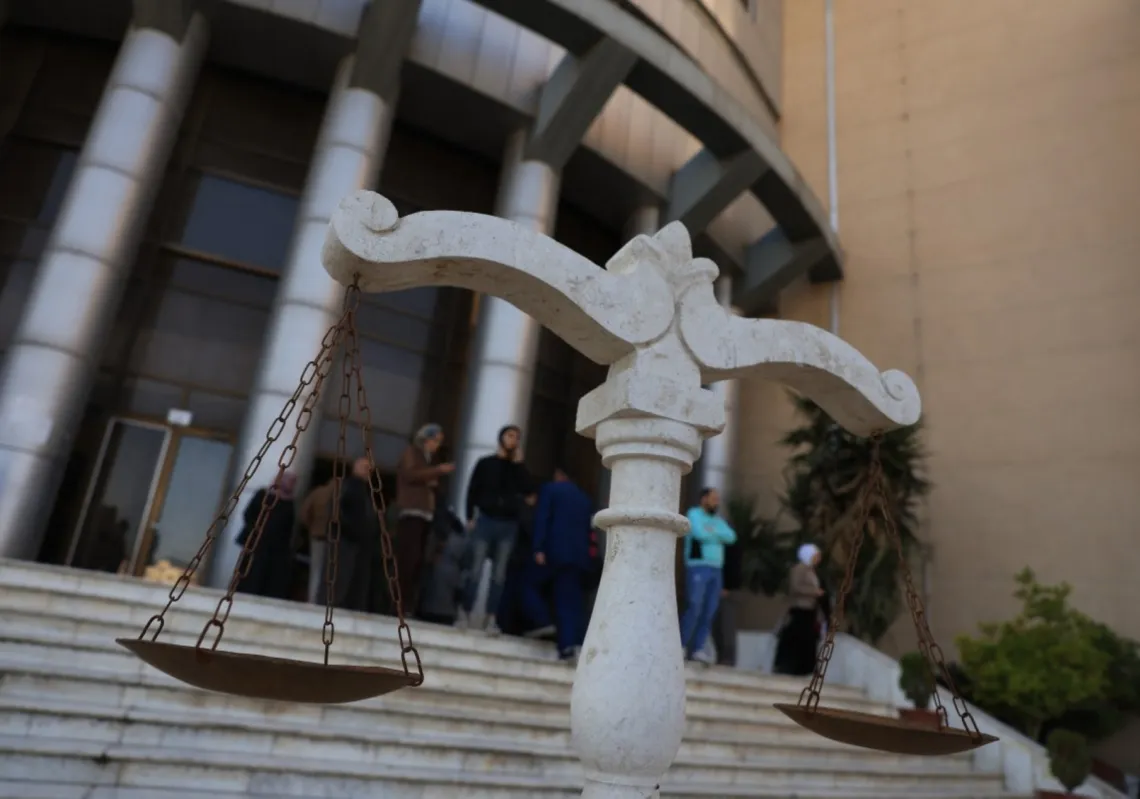Sometimes a retrospective exhibition shows us hidden aspects of an artist. We learn that while they were doing the things they’re famous for, they were also doing good stuff on the side. Surprises like these are the almost inevitable result of seeing a great deal of their work in one place.
In the case of The Rossettis, however, the sheer quantity of pictures serves only to demonstrate how obsessive an artist can be. At times it reminded me of the gallery in Holyrood Palace up in Edinburgh, where the walls are lined with the faces of past Scottish kings.
With little pictorial evidence to go on, the local artist used the same regal template with the minimum of variations. The effect was dynastic line as production line.
If Dante Gabriel Rossetti was a one trick pony, you sense he himself was happy that way, stretching the term ‘happy’ for a moment. A picture (now lost) of his studio indicates as much.
Just like this show, we can see stacks of portraits of very similar-looking women. The sitter was Jane Morris, and her image got everywhere. He even put a tiny example on the flyleaf of a copy of Robert Burton’s Anatomy of Melancholy.

The despondency of Victorian women
Now, one sad beauty with a mass of hair might enchant us, but this is more like a murder of crows, a mass-produced multitude that deserve a collective noun all of their own – a despondency of Victorian women, each as depressed as the monarch herself.
This slough of despond might not have been so hard to endure if the presence of Gabriel had been sufficiently relieved by the inclusion of other family members. In a worthy attempt to put the more famous Gabriel into context, the show looks at his three siblings.
Not much is said about Marie and William, but his poet sister, Christina, gets a lot of attention. In the first room, extracts of her poetry appear on the wall, and if the visitor stands on a spot marked on the floor, the poem is voiced by an actor.
It’s a valiant effort, but sadly galleries are not ideal venues for poetry. The business of reading, or even listening, feels like a task. Your eye wants to linger over images instead. Here, Christina’s words sound contrived and childish. A passage familiar from Christmas, that great collective surrender to sentiment, comes across as twee.















